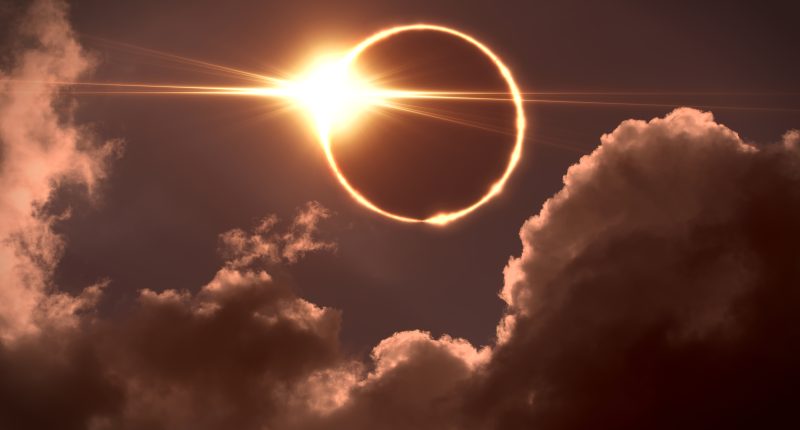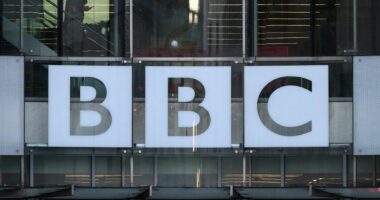NASA has issued an important solar eclipse warning that could break your smartphone.
A solar eclipse is set to take place tomorrow the sun will be completely blocked by the moon.
The event will probably last around three minutes and 38 seconds.
Now experts at NASA have warned the public not to try and film the event on their mobile phones.
The question posed to NASA on X which asked if the eclipse event could damage a mobile phone.
NASA responded with a post which read: “@NASAHQPhoto team, and the answer is yes, the phone sensor could be damaged just like any other image sensor if it’s pointed directly at the Sun.
“This is especially true if you’re using any sort of magnifying lens attachment on the phone. You would need to utilize the proper filters just like on any other camera.
“The best practice would be to hold a pair of eclipse glasses in front of your phone’s lenses when photographing the Sun at any point other than totality.”
NASA photographer Bill Ingalls said: “The real pictures are going to be of the people around you pointing, gawking, and watching it.
“Those are going to be some great moments to capture to show the emotion of the whole thing.”
Most read in Tech
NASA Administrator Bill Nelson said: “Please, please put those glasses on.
“The dark spot she was describing was in the shape of a crescent.”
Chris Lintott, professor of astrophysics at the University of Oxford, told Sky News, said: “A total solar eclipse is one of the grandest sights in nature – and may be very rare anywhere in the galaxy.
“I get a shiver down my spine every time,”
Where and when can I see the total eclipse
While America will view the full spectacle of a total eclipse, it will be partial in the UK.
The start of the partial eclipse will be at 7.52pm (BST) and it will end by 8.51pm.
In Glasgow, about 12% of the sun will be obscured at around 8pm (BST).
Edinburgh could see a 6% obscuration.
Liverpool will only see a maximum of 3.1% coverage at 7.57pm when the sun is right on the horizon – the window is very small as the start and end times are 7.55pm and 8pm.
Belfast will be treated to more of an eclipse with a maximum of 28.1% coverage at 8.10pm
Stornoway in Scotland will see 33.7% maximum coverage at 8.13pm
Experts predict the eclipse will not be visible in London and the South East
The American Astronomical Society advises these three steps to check if your glasses are safe.
- “Put them on indoors and look around. You shouldn’t be able to see anything through them, except perhaps very bright lights, which should appear very faint through the glasses. If you can see anything else, such as household furnishings or pictures on the wall, your glasses aren’t dark enough for solar viewing.”
- “If your glasses pass the indoor test, take them outside on a sunny day, put them on, and look around again. You still shouldn’t see anything through them, except perhaps the Sun’s reflection off a shiny surface or a puddle, which again should appear very faint.”
- “If your glasses pass that test too, glance at the Sun through them for less than a second. You should see a sharp-edged, round disk (the Sun’s visible “face”) that’s comfortably bright. Depending on the type of filter in the glasses, the Sun may appear white, bluish-white, yellow, or orange.”
If you feel your glasses pass all these tests, they are “probably safe”, says the AAS.
NASA has picked three companies to develop a new lunar racer car that Artemis astronauts will use to traverse the Moon in the 2030s.
It will help astronauts reach mysterious, never-before-explored destinations, that are deemed unreachable by foot.
The lunar terrain rover (LTV) will be an essential string in Nasa’s bow in terms of scientific research and exploring the Moon’s south pole during the Artemis V mission.
The south pole is, scientists believe, the most promising location for water-based ice, which will be key to future human habitation on the Moon.
The concentration of precious lunar materials in the polar region is also of interest to the US government, experts say.










